On the Day: Practical Test
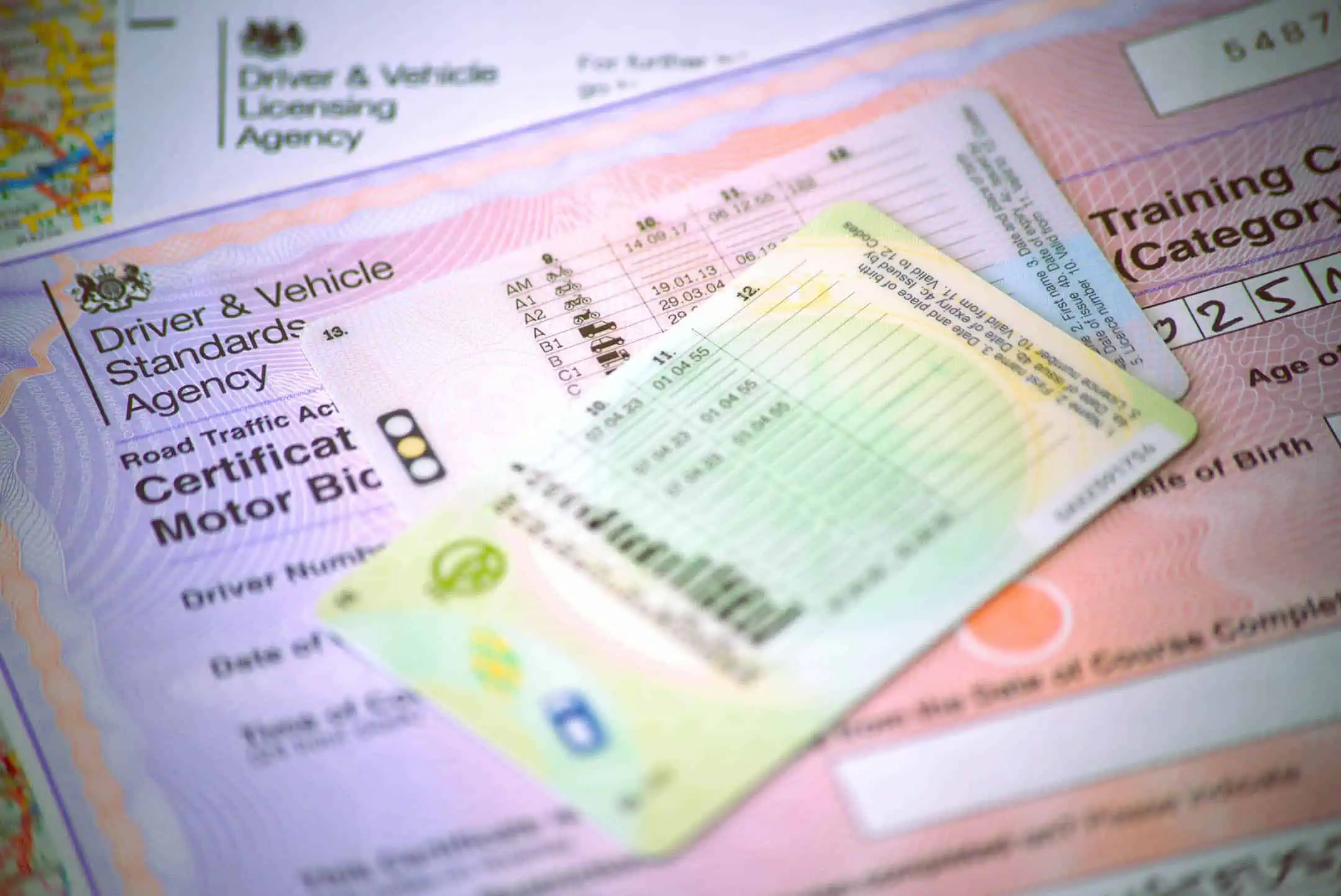
Before
Lessons
Tests
Passed
Practical driving test day what to expect!
The big day is finally here. All that practice and revision has been gearing up to this moment. But what should you expect on the day of the practical driving test?
Here’s an overview of what happens in a driving test and what you’ll need to remember on the day.
Before the test – calming the nerves
According to The AA, 87% of test-takers claim they had some form of nerves on driving test day. If you’re feeling nervous in the run-up to or on the day of your test, check out how to manage your driving test nerves.
Take a lesson immediately before your practical driving test
Immediately before a driving test, most people would have a final lesson with their instructor to get comfortable with the car and practice a few final sticking points. We strongly recommend doing so, as it can help you relax and put you in the right frame of mind for what’s to come.
What car should I use for my driving test?
Standard practice is to use your driving instructor’s car for your driving test. After all, it’s the one you learned in, so you’re used to how it drives and are familiar with the controls.
Using the instructor’s car also can be particularly helpful with the ‘Show me, tell me’ part of the test (we cover what this is below).
Using your car
You are welcome to use your car if you like, providing it meets the rules for using your vehicle for the driving test.
We advise you to review the regulations well in advance because if your car is not deemed acceptable on the day of the driving test by the examiner, you’ll have to cancel and pay again.
Can I take anyone with me on my driving test?
You can take your instructor or another person (so long as they are aged 16 or over) along with you on your driving test if you like. They will be required to sit in the back of the car and remain silent throughout. Their mobile phone will also need to be on silent, and it must not be in use during the test.
Most people choose not to have another person in the car. For many, it will only add to the pressure they’re already feeling. However, others might find it improves their confidence.
Bear in mind; you’re not allowed to take a foreign language interpreter with you. You have to take the driving test in English or Welsh.
Can I take my instructor on the practical driving test?
That said, there are some excellent reasons to bring your instructor along. In addition to moral support, they can provide useful feedback should you fail the driving test that might help you pass quicker next time.
Sadly, sometimes you might find you have an examiner that’s just having a bad day. With your instructor in the car, they’ll be less likely to make a mistake or judge you too harshly.

48%
Last year the total number of young drivers between 17 and 26 years old taking their practical driving test for the first time was 541,000 of which 261,000 passed at their first attempt. That is an average first-time pass rate of 48%
Source: DVSA, 2020
Arriving at the driving test centre
Typically, you’d head to the practical driving test centre with your instructor following your “pre-test” lesson.
Make sure you arrive at least 20 minutes before the test time to give yourself a chance to compose yourself.
Remember to bring your:
- Provisional driving licence photocard
- Theory test pass certificate
If you forget either of them, you’ll not be allowed to take your driving test (and won’t get a refund!).
Meeting the examiner
The examiner will come out to meet you before you both head to the car park to start the driving test.
Remain calm and focused on the task at hand (and don’t forget the car keys!).
At this point, we’d like to say good luck! Everyone at Young Car Driver is rooting for you!
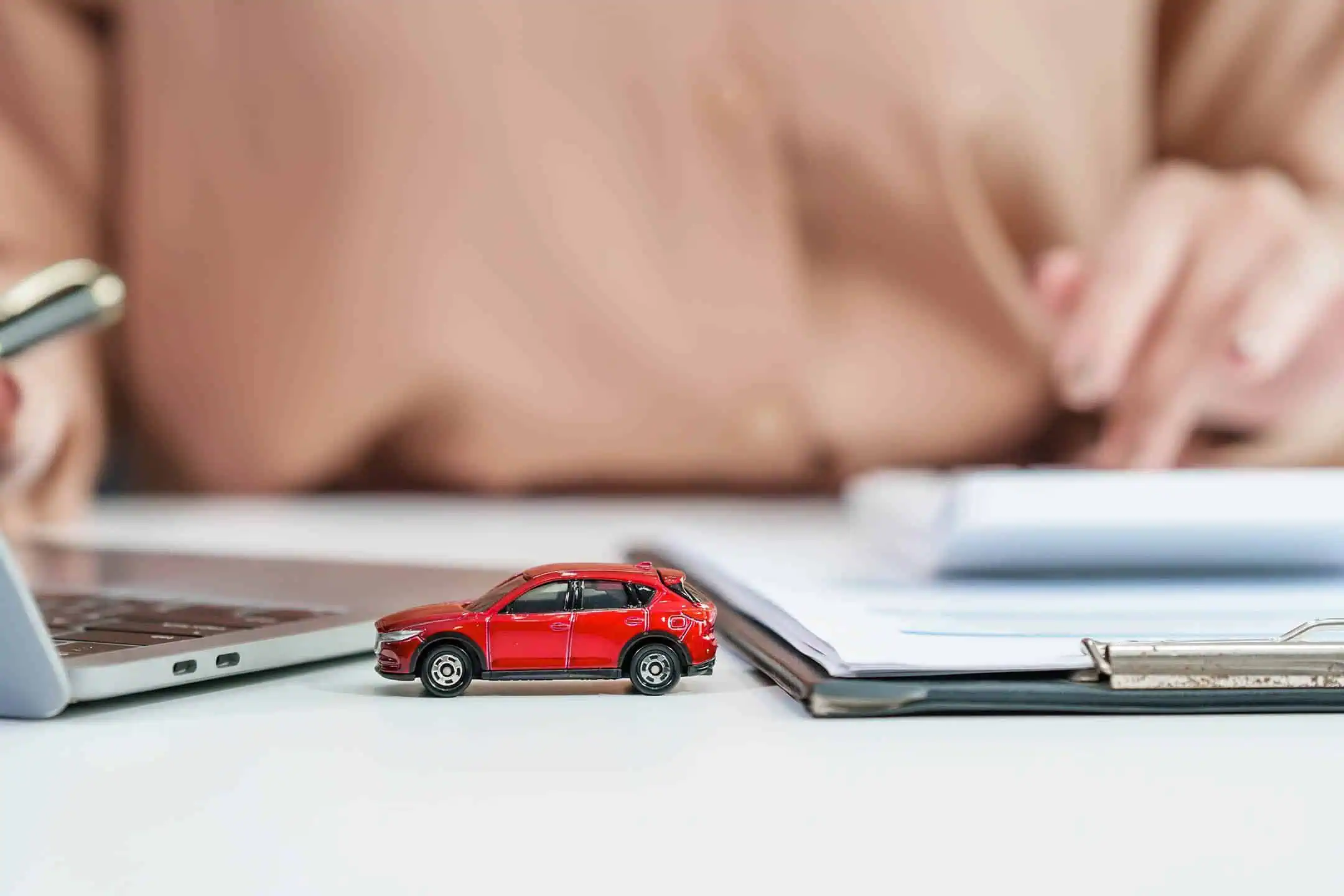
The five parts of the practical driving test
Your practical driving test will last for 40 minutes and is in five parts and is the same for both manual and automatic cars.

- Eyesight check
- Show me, Tell me, vehicle safety questions
- General driving ability
- Reversing
- Independent driving
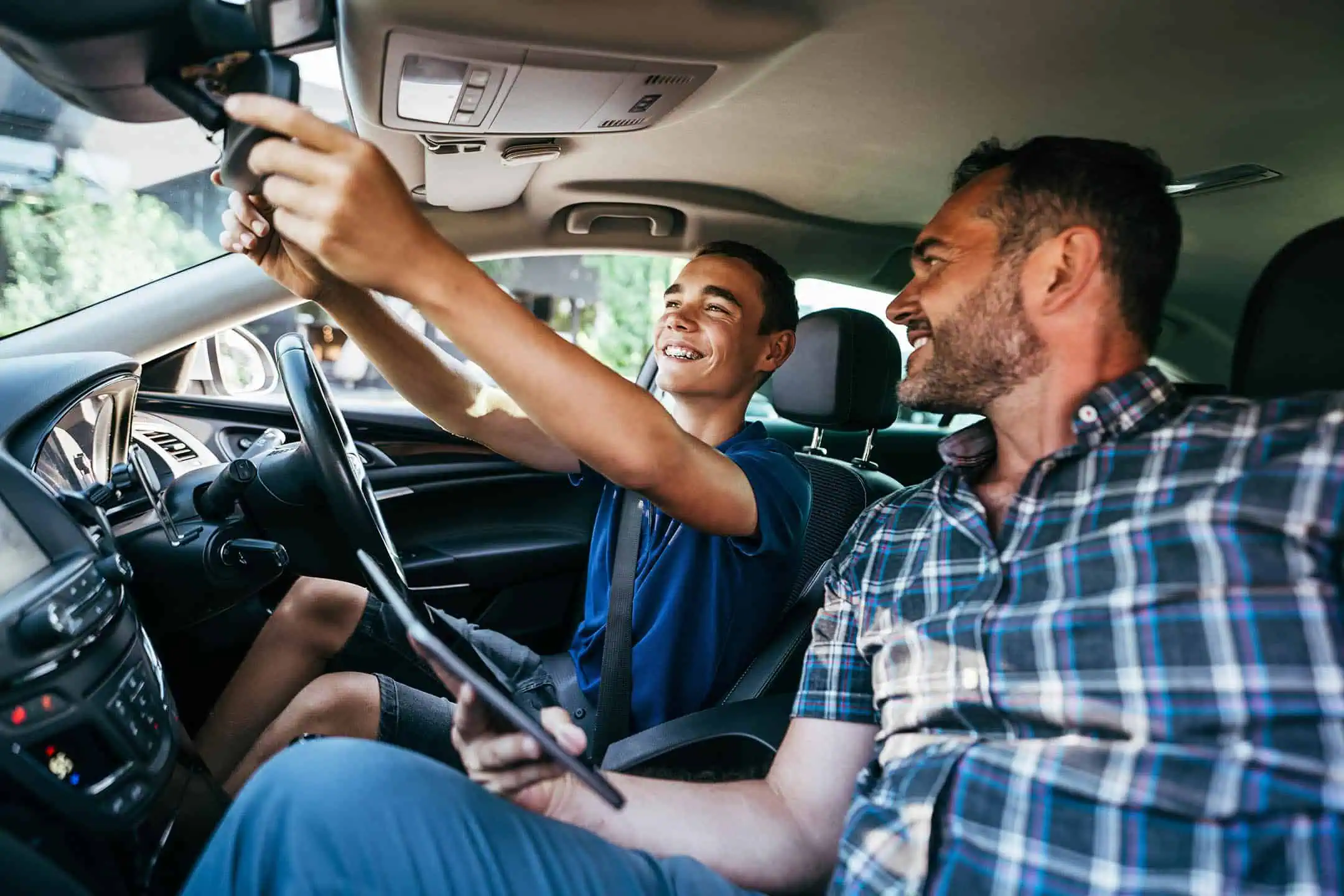
Eyesight check
Before you do anything, the examiner will ask you to read the number plate of a car parked 20 metres away, to check your eyesight.
Make sure; if you need to, you are wearing your glasses or contact lenses for the test!
If you fail this part of the driving test, it will end immediately. Otherwise, you’ll head to the car.
Show me, Tell me, vehicle safety questions
You have to answer two questions during your driving test – one ‘show me’ and one ‘tell me. These questions will test your knowledge of vehicle safety.
Show me questions
The Show me’ question could be at any time during the driving part of the test (including the independent driving part). You will have to demonstrate how you’d carry out a specific safety task. For example, how you wash and clean the rear windscreen or how you’d demist the front windscreen. (You can find a list of possible questions, here.
In the test, your examiner will ask you one of the questions from the following video.

Tell me questions
The ‘Tell me’ question will happen before you start driving. You will need to explain how you’d carry out a specific safety task, such as checking the brakes are working or checking the condition of the tyres. (You can find a list of possible questions, here.
During the driving test, the examiner will ask you one of the questions from the following video.

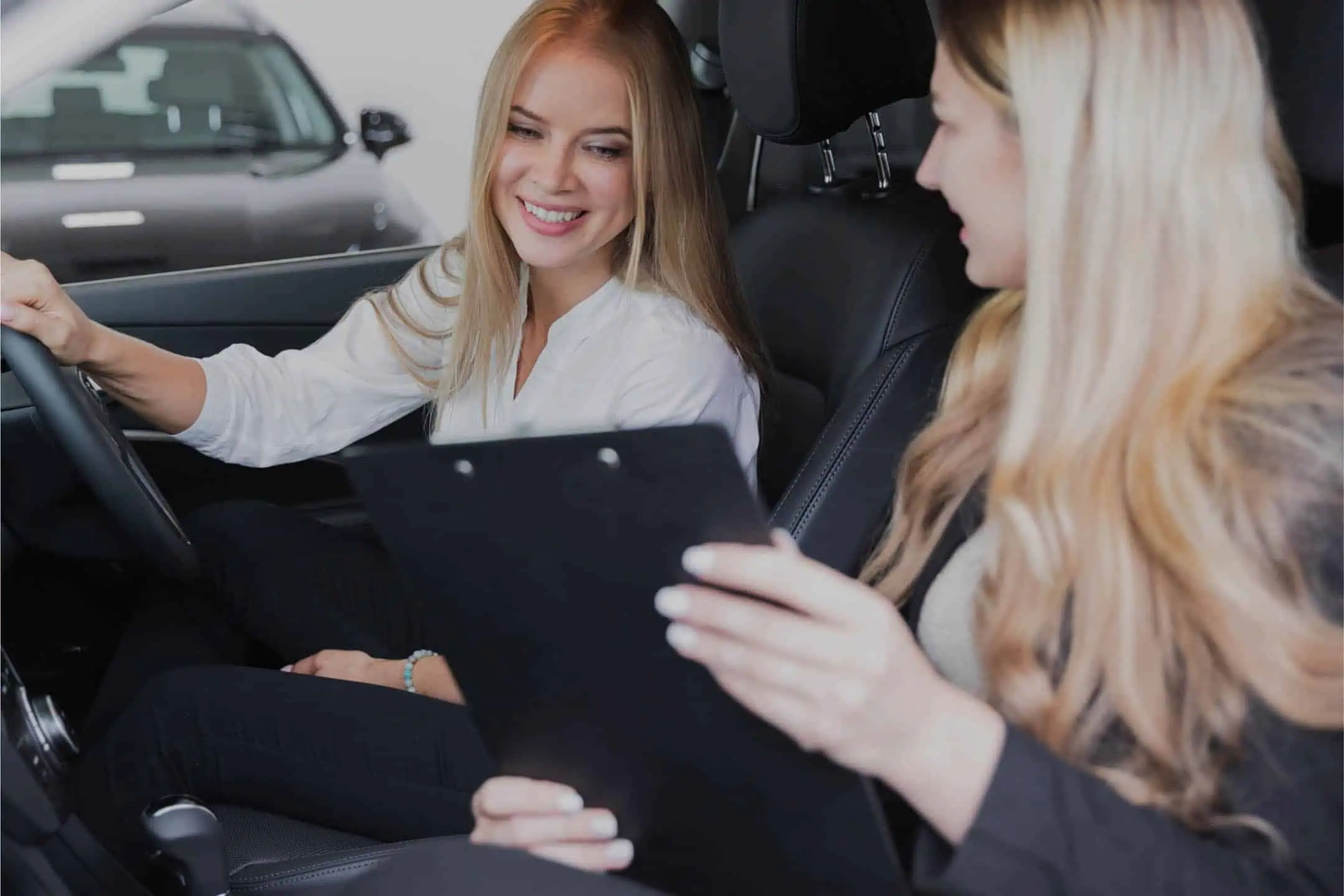
General driving ability
The first driving part of the test will require you to follow instructions from the examiner. The focus here is to show the examiner you have control of the vehicle and drive safely and skillfully. They will give you instructions with plenty of notice, and you’ll then need to carry out the manoeuvres.
Make sure you stay calm as you start the car and don’t feel like you need to rush. Remember, your instructor would not have put your forward for the driving test if they didn’t think you were ready – so be confident!
Pulling over at the side of the road
At some point, you will be asked to pull over and then pull away again to show you can do so safely. This could include:
- Routine stops at the side of the road
- Pulling out from behind a parked vehicle
- A hill start
You may also have to carry out an emergency stop.
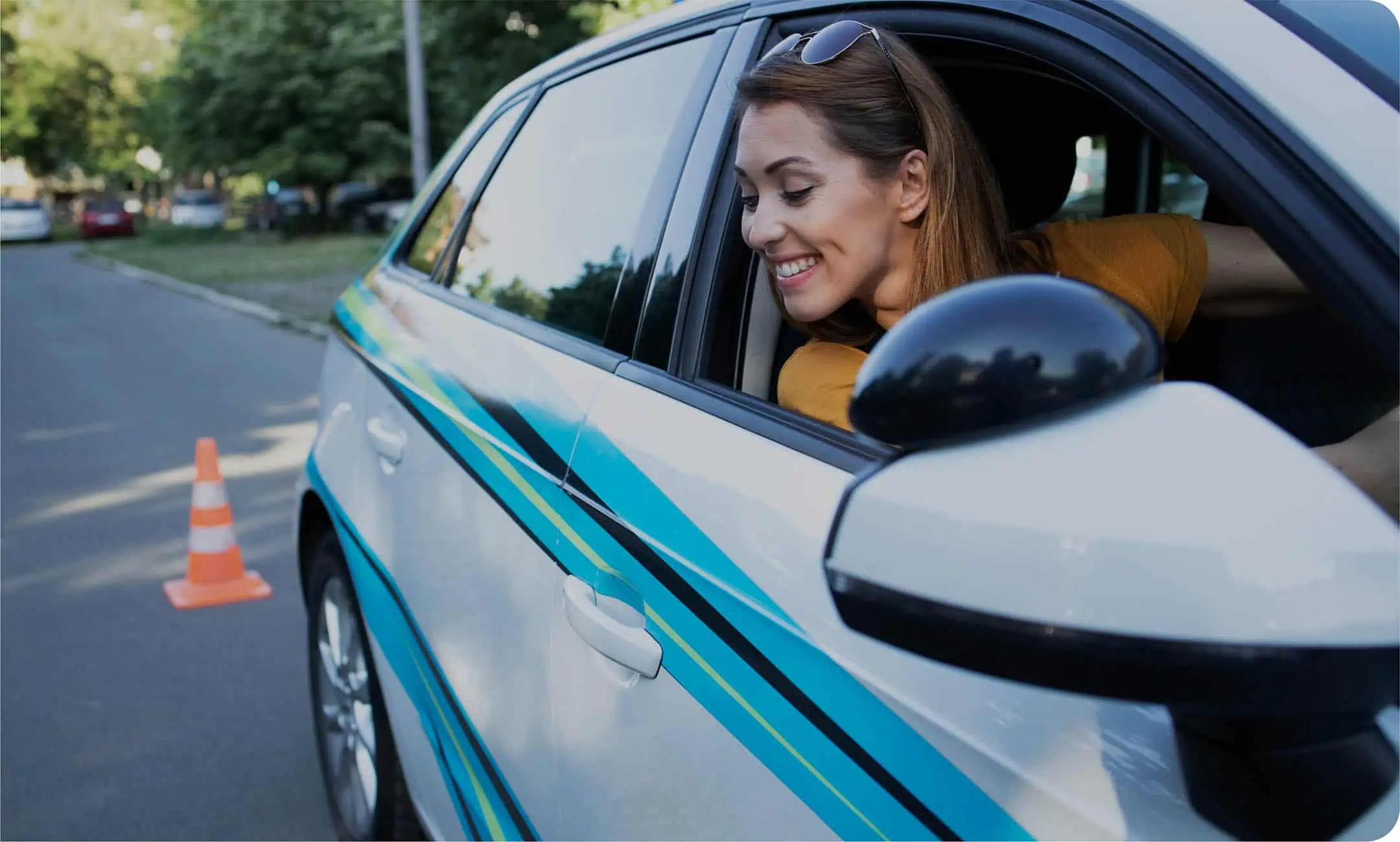
Reversing
Often many people’s least favourite part of the test, you will be asked to perform one reversing manoeuvre.
This could include:
- Parallel parking
- Bay parking (either by driving in and reversing out or vice versa – the examiner will tell you)
- Pulling up on the right-hand side of the road, reversing for around two car lengths and then rejoining the traffic
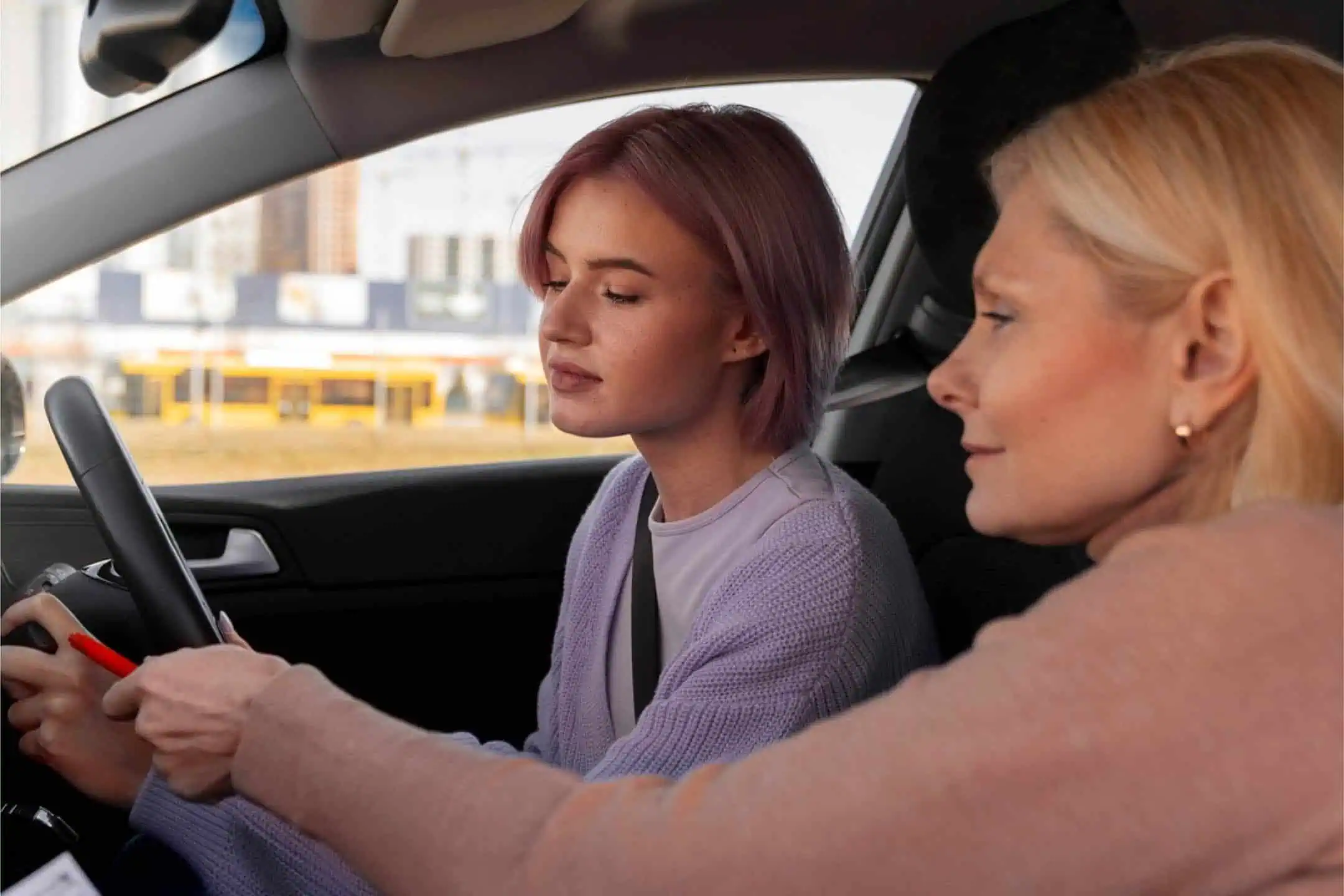
Independent driving
This is your time to shine!
You’ll have 20 minutes to show the examiner that you’re able to drive and make safe decisions without prompting.
You’ll need to either follow the road signs or use a sat nav provided by the test centre.
If you are using road signs, the examiner will help you and give directions if there are no signs in view.
Don’t worry if you take a wrong turn! This is a test of your driving safety, not your navigational skills. You won’t get a fault for merely going the wrong way. If you do go off-route, the examiner will help you get back on track.
Don’t give up!
Even if you think you made a mistake, keep ongoing. You never know, you still may not have failed.
What happens if I pass the practical driving test?
First of all, congratulations! You’ve just passed your driving test and earned yourself a life skill and should be proud.
If you pass, your examiner will:
- Run through what minor faults you made – if any!
- Hand over your Pass Certificate
- Ask if you want your full driving licence to be sent to you automatically. If so, you’ll need to give your examiner your provisional licence (there’s no cost for doing so)
Then you’re free to go. And, if you like, you can even drive home! You don’t need to wait for your full driving licence to arrive before you can start driving.
Oh, and of course, don’t forget to celebrate.
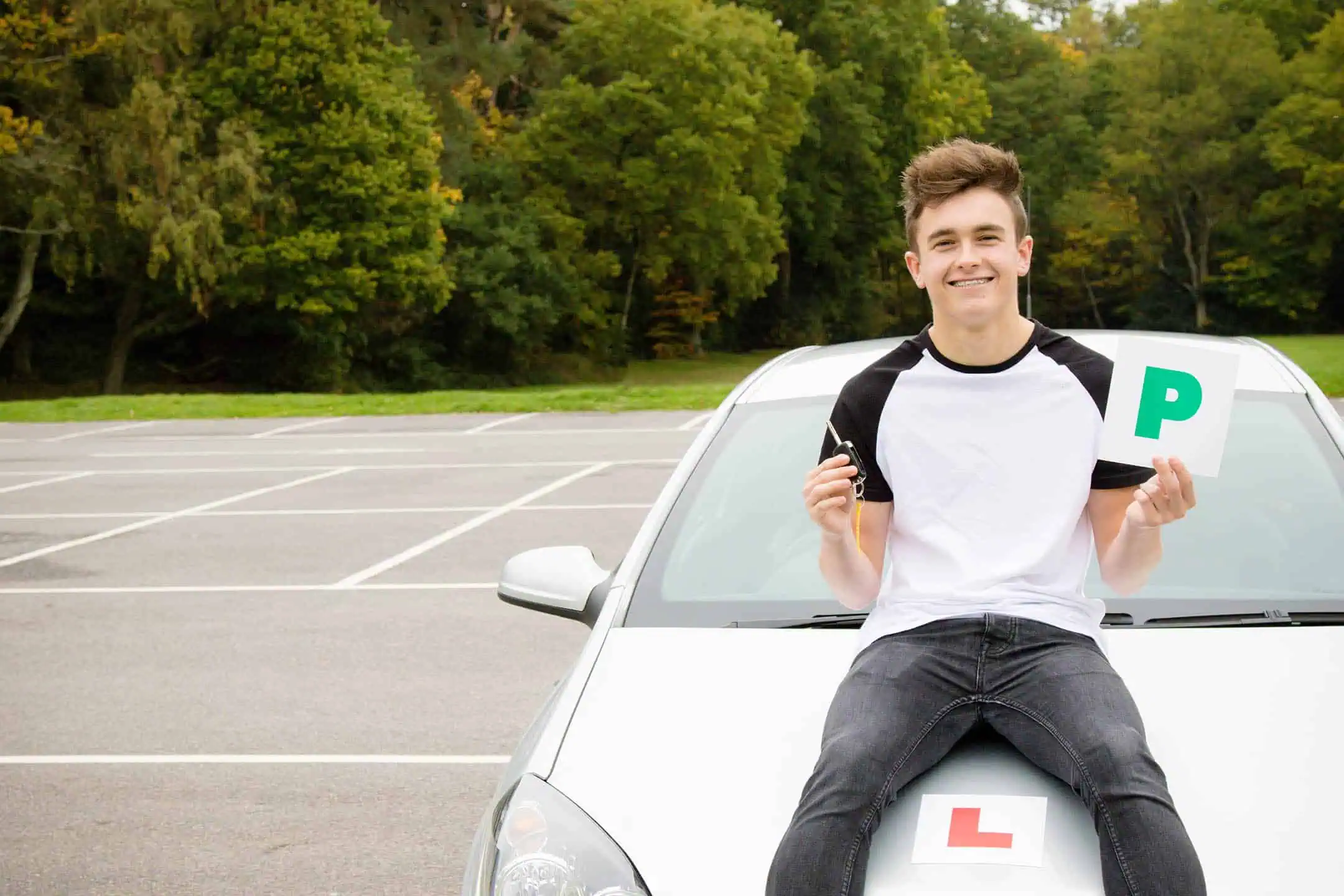
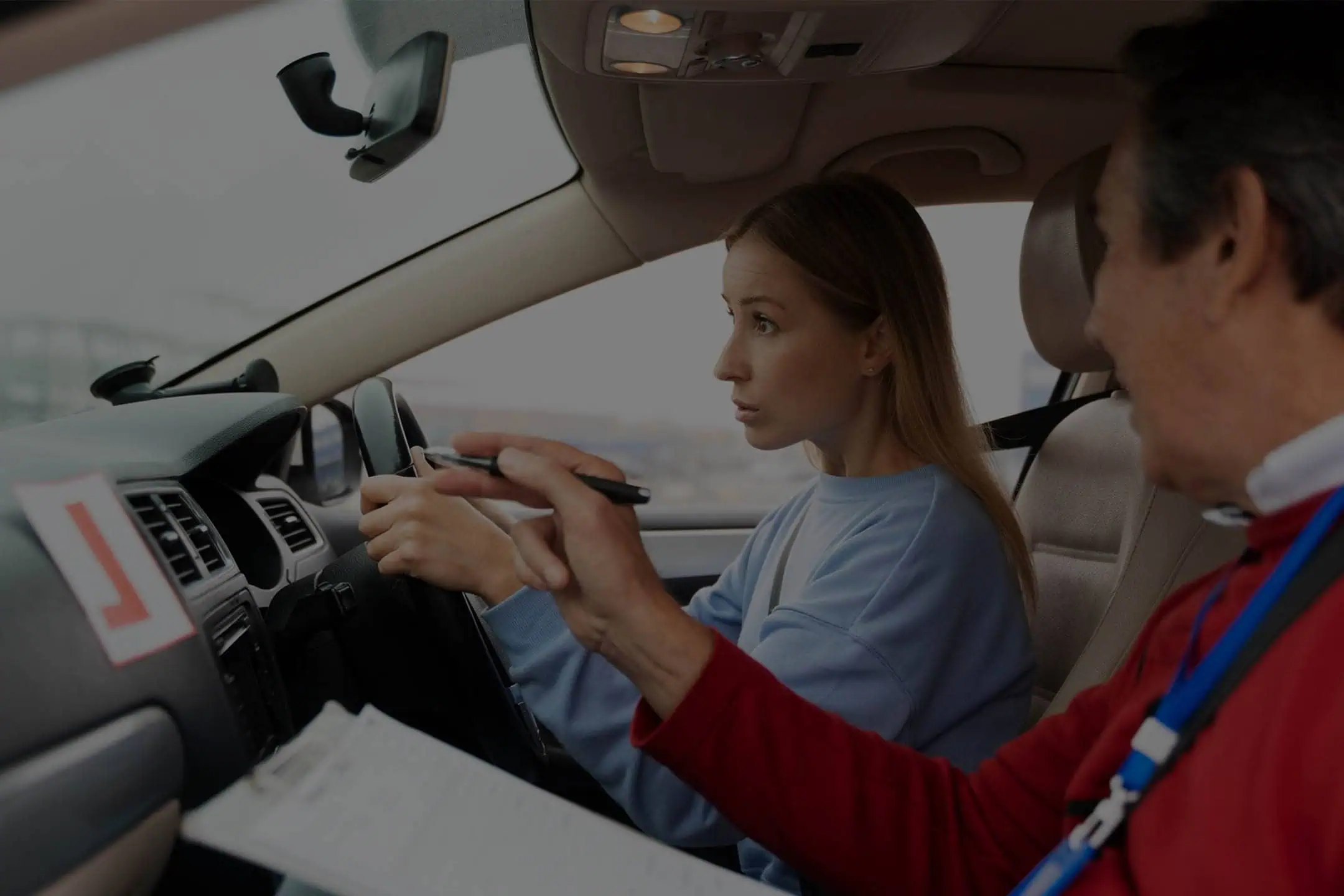
What happens if I fail the driving test?
Don’t worry! According to the DVSA, only 47% of drivers pass their test on their first attempt. Your examiner will give you and your instructor a full rundown of where you went wrong, which will be invaluable in preparing you for the next test.
Make sure you keep a record of what you need to work on.
You can retake your test after ten working days. However, you should take your instructor’s advice on when you should try again.
Can I retake my theory test before it expires?
If there are dangerous weather conditions, such as fog, flooding, high winds or icy roads, you will not be able to take your driving test. Instead, the test centre will notify you by email and arrange a new date at no additional cost. If in doubt, give the test centre a call to confirm your test is going ahead.
However, do be prepared for different weather conditions on your test. Heavy rain, for example, is not going to result in a cancellation, so make sure you’re comfortable with it
What if I know I made a mistake during my driving test?
Don’t worry if you think you made a mistake – just crack on. You never know, you might be mistaken. Also, you’ve paid for the examiner’s time, so you may as well get the most out of it. The examiner will only stop the driving test if they think you are potentially a danger to other road users.
Can I appeal my practical driving test result?
You can appeal your practical driving test result if you think your driving examiner did not follow the regulations when they carried out your test. You won’t be able to overturn the decision, but you may get to retake your test for free if your appeal is successful.